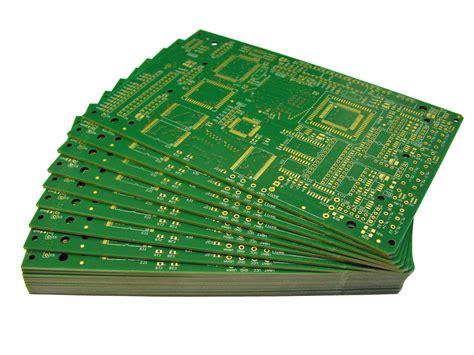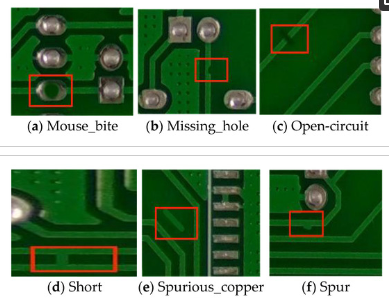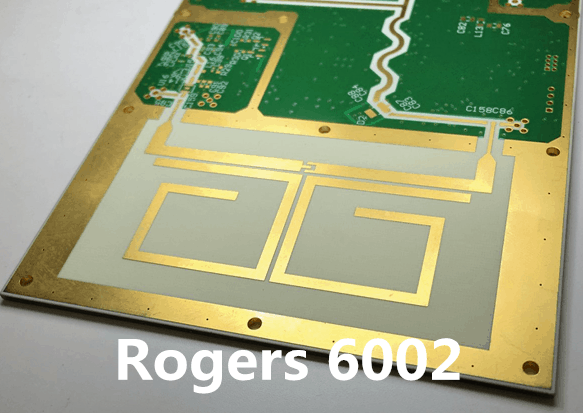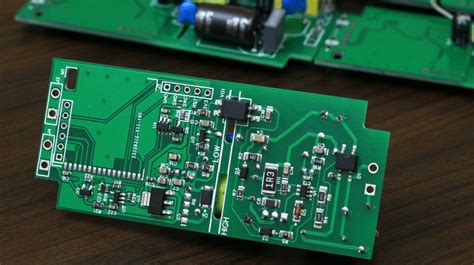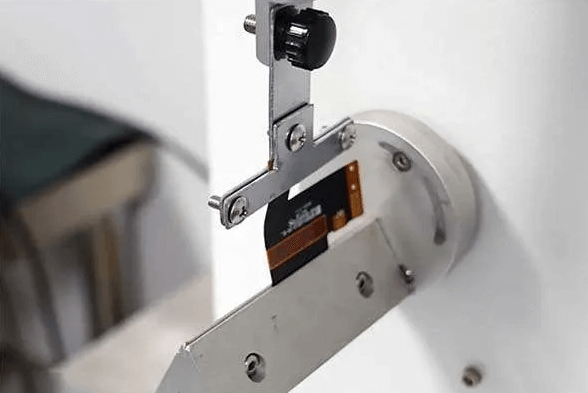Metal core pcb cost
Factors Influencing Metal Core PCB Cost
When considering the cost of metal core printed circuit boards (PCBs), several factors come into play, each contributing to the overall expense of production and procurement. Understanding these factors is crucial for businesses and engineers who aim to optimize their budgets while ensuring high-quality outcomes.
Firstly, the choice of materials significantly impacts the cost of metal core PCBs.
Typically, these PCBs are constructed using a metal substrate, often aluminum or copper, which provides superior thermal conductivity compared to traditional fiberglass substrates. Aluminum is generally more cost-effective than copper, but the latter offers better thermal performance, which might justify its higher price in applications where heat dissipation is critical. Consequently, the selection between aluminum and copper substrates should be guided by the specific thermal management needs of the project, balancing performance requirements with budget constraints.
In addition to the substrate material, the thickness of the metal core also influences the cost.
Thicker cores provide enhanced heat dissipation and mechanical strength, which are beneficial for high-power applications. However, increased thickness results in higher material costs and may require more sophisticated manufacturing processes, thereby elevating the overall expense. Therefore, determining the optimal core thickness involves a careful assessment of the application’s thermal and mechanical demands against the available budget.
Another factor affecting the cost is the complexity of the PCB design.
Metal core PCBs often require specialized design considerations due to their unique thermal properties. Complex designs with multiple layers, intricate routing, and numerous components can increase manufacturing difficulty, leading to higher production costs. Moreover, advanced design features such as blind or buried vias, which are used to connect different layers of the PCB, can further escalate costs due to the additional processing steps required. Thus, simplifying the design where possible can help in managing expenses without compromising on functionality.
The manufacturing process itself is a significant cost determinant.
Metal core PCBs require specialized fabrication techniques, such as drilling and etching, which are more challenging than those used for standard PCBs. The precision and expertise required in these processes can lead to increased labor costs. Additionally, the need for specialized equipment and quality control measures to ensure the reliability and performance of the final product can further add to the expense. Therefore, selecting a manufacturer with experience and expertise in metal core PCB production is essential to achieving cost efficiency.
Volume production is another critical aspect influencing cost.
As with many manufacturing processes, economies of scale play a vital role in determining the price per unit. Larger production runs typically result in lower costs per PCB due to the distribution of setup and tooling expenses over a greater number of units. Consequently, businesses planning to produce metal core PCBs should consider their long-term needs and potential for scaling production to take advantage of these cost savings.
Finally, geographical location and supply chain logistics can also impact the cost of metal core PCBs.
Manufacturing in regions with lower labor costs or proximity to raw material suppliers can reduce expenses. However, it is essential to weigh these potential savings against factors such as shipping costs, lead times, and potential risks associated with overseas production.
In conclusion, the cost of metal core PCBs is influenced by a multitude of factors, including material selection, design complexity, manufacturing processes, production volume, and geographical considerations. By carefully evaluating these elements, businesses can make informed decisions that balance cost with performance, ultimately leading to successful project outcomes.

Cost Comparison: Metal Core PCB vs. Traditional PCB
When evaluating the cost implications of using metal core printed circuit boards (PCBs) versus traditional PCBs, it is essential to consider several factors that influence the overall expense. Metal core PCBs, known for their superior thermal management capabilities, are often employed in applications where heat dissipation is critical, such as in LED lighting, power supplies, and automotive industries. In contrast, traditional PCBs, typically made from materials like FR-4, are widely used in a variety of electronic devices due to their cost-effectiveness and versatility. Understanding the cost differences between these two types of PCBs requires a comprehensive analysis of material costs, manufacturing processes, and application-specific requirements.
To begin with, the material costs associated with metal core PCBs are generally higher than those of traditional PCBs.
The core material in metal core PCBs is usually aluminum or copper, which are more expensive than the fiberglass and epoxy resin used in FR-4 boards. This increase in material cost is primarily due to the superior thermal conductivity properties of metals, which are essential for applications that generate significant heat. Consequently, the initial cost of raw materials for metal core PCBs is a significant factor contributing to their higher price point compared to traditional PCBs.
In addition to material costs, the manufacturing process for metal core PCBs is more complex and labor-intensive, further driving up the cost.
The presence of a metal core requires specialized equipment and techniques to ensure proper layer alignment and adhesion. Moreover, drilling and routing metal core PCBs necessitate the use of advanced machinery capable of handling metal substrates, which can increase production time and costs. In contrast, traditional PCBs benefit from well-established manufacturing processes that are more streamlined and cost-efficient, allowing for quicker turnaround times and lower production expenses.
Despite the higher initial costs, metal core PCBs offer long-term benefits that can offset their price.
Their enhanced thermal management capabilities lead to improved reliability and longevity of electronic components, reducing the likelihood of heat-related failures. This can result in lower maintenance costs and fewer replacements over time, making metal core PCBs a cost-effective solution for applications with demanding thermal requirements. Furthermore, the ability to operate at higher power levels without compromising performance can lead to increased efficiency and energy savings, providing additional economic advantages.
When considering the application-specific requirements, the choice between metal core and traditional PCBs often hinges on the balance between cost and performance.
For applications where thermal management is not a primary concern, traditional PCBs offer a more economical solution without sacrificing functionality. However, in scenarios where heat dissipation is critical, the investment in metal core PCBs can be justified by the enhanced performance and reliability they provide. It is crucial for designers and engineers to assess the specific needs of their projects and weigh the cost implications against the potential benefits.
In conclusion, while metal core PCBs generally incur higher costs than traditional PCBs due to material and manufacturing expenses, their superior thermal management capabilities can offer significant long-term advantages. The decision to use metal core or traditional PCBs should be guided by the specific requirements of the application, taking into account both the initial investment and the potential for cost savings over the product’s lifecycle. By carefully evaluating these factors, stakeholders can make informed decisions that align with their technical and financial objectives.
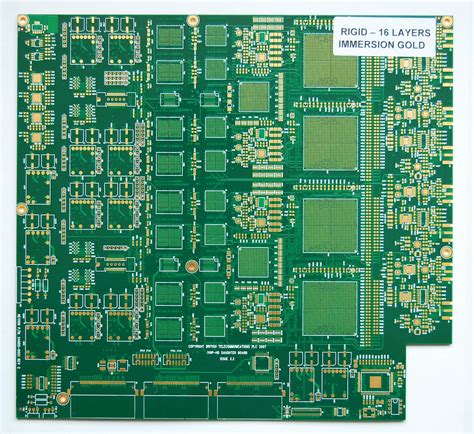
How Design Choices Impact Metal Core PCB Pricing
When considering the cost of metal core printed circuit boards (PCBs), it is essential to understand how various design choices can significantly impact pricing. Metal core PCBs, known for their superior thermal management capabilities, are increasingly popular in applications requiring efficient heat dissipation, such as LED lighting, power supplies, and automotive electronics. However, the cost of these PCBs can vary widely based on several design factors, each contributing to the overall expense in distinct ways.
To begin with, the choice of metal core material is a primary determinant of cost.
Aluminum and copper are the most commonly used materials, with aluminum being the more economical option due to its lower cost and adequate thermal conductivity for many applications. Copper, on the other hand, offers superior thermal performance but at a higher price point. Therefore, selecting the appropriate metal core material based on the specific thermal requirements of the application can help balance performance and cost.
In addition to material selection, the thickness of the metal core also plays a crucial role in pricing.
Thicker cores provide better heat dissipation but require more material, thus increasing the cost. Designers must carefully evaluate the thermal demands of their application to determine the optimal core thickness that meets performance needs without incurring unnecessary expenses. Furthermore, the thickness of the dielectric layer, which insulates the metal core from the circuit layer, can also affect cost. A thicker dielectric layer may be necessary for higher voltage applications, but it can add to the overall material cost.
Another significant factor influencing metal core PCB pricing is the complexity of the circuit design.
More intricate designs with multiple layers or complex routing can increase manufacturing difficulty and time, leading to higher costs. Simplifying the circuit design where possible can help reduce these expenses. Additionally, the size and shape of the PCB can impact pricing. Larger boards require more material and may necessitate specialized manufacturing processes, both of which contribute to increased costs. Similarly, irregularly shaped boards can be more challenging to produce, potentially leading to higher prices.
The choice of surface finish is another design decision that affects cost.
Common finishes such as HASL (Hot Air Solder Leveling) are generally more affordable, while options like ENIG (Electroless Nickel Immersion Gold) offer better performance characteristics but at a higher price. The selection of surface finish should align with the specific requirements of the application, balancing cost with desired performance attributes such as solderability and corrosion resistance.
Moreover, production volume can influence the cost per unit of metal core PCBs.
Larger production runs typically benefit from economies of scale, reducing the cost per board. Designers should consider the anticipated production volume when making design choices, as certain features may be more cost-effective at higher volumes.
In conclusion, the cost of metal core PCBs is influenced by a variety of design choices, including material selection, core and dielectric thickness, circuit complexity, board size and shape, surface finish, and production volume. By carefully considering these factors and aligning them with the specific requirements of the application, designers can optimize their designs to achieve a balance between performance and cost. Understanding these elements is crucial for making informed decisions that can lead to more cost-effective and efficient metal core PCB solutions.
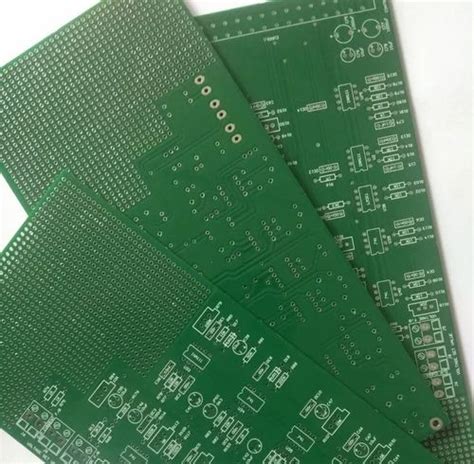
Strategies to Reduce Metal Core PCB Manufacturing Costs
Metal core printed circuit boards (PCBs) are increasingly favored in industries requiring efficient heat dissipation, such as LED lighting, automotive, and power electronics. However, the cost of manufacturing these PCBs can be a significant concern for businesses aiming to maintain competitive pricing while ensuring high-quality products. To address this challenge, several strategies can be employed to reduce the manufacturing costs of metal core PCBs without compromising their performance or reliability.
One effective strategy is to optimize the design of the PCB.
By carefully considering the layout and minimizing the number of layers, manufacturers can reduce material usage and simplify the production process. This not only decreases the cost of raw materials but also shortens the manufacturing time, leading to overall cost savings. Additionally, employing design for manufacturability (DFM) principles can help identify potential issues early in the design phase, preventing costly revisions and rework during production.
Another approach to cost reduction is to select appropriate materials.
While aluminum is commonly used as the metal core due to its excellent thermal conductivity and cost-effectiveness, exploring alternative materials such as copper or hybrid composites might offer better performance at a similar or lower cost, depending on the specific application requirements. Furthermore, sourcing materials from reliable suppliers who offer competitive pricing can significantly impact the overall cost of production.
In addition to material selection, streamlining the manufacturing process is crucial.
Implementing advanced manufacturing technologies, such as automated assembly and precision drilling, can enhance efficiency and reduce labor costs. Automation not only speeds up production but also minimizes human error, leading to higher yields and less waste. Moreover, investing in modern equipment that supports high-volume production can further drive down costs by achieving economies of scale.
Furthermore, collaborating with experienced PCB manufacturers can provide valuable insights into cost-saving opportunities.
These manufacturers often have established relationships with suppliers and can negotiate better prices for bulk purchases. They may also offer design and engineering support to optimize the PCB for cost-effective manufacturing. By leveraging their expertise, businesses can benefit from reduced lead times and lower production costs.
Additionally, considering the geographical location of the manufacturing facility can influence costs.
Establishing production in regions with lower labor costs and favorable economic conditions can result in significant savings. However, it is essential to balance these savings with potential logistical challenges and ensure that quality standards are maintained.
Finally, adopting a long-term perspective on cost management is vital.
While initial investments in design optimization, advanced technologies, and strategic partnerships may incur upfront costs, they often lead to substantial savings over time. Regularly reviewing and updating manufacturing processes to incorporate new technologies and methodologies can ensure that cost efficiencies are sustained in the long run.
In conclusion, reducing the manufacturing costs of metal core PCBs requires a multifaceted approach that encompasses design optimization, material selection, process efficiency, strategic partnerships, and geographical considerations. By implementing these strategies, businesses can achieve cost-effective production while maintaining the high performance and reliability that metal core PCBs are known for. This not only enhances competitiveness in the market but also supports sustainable growth and innovation in industries reliant on these advanced circuit boards.

